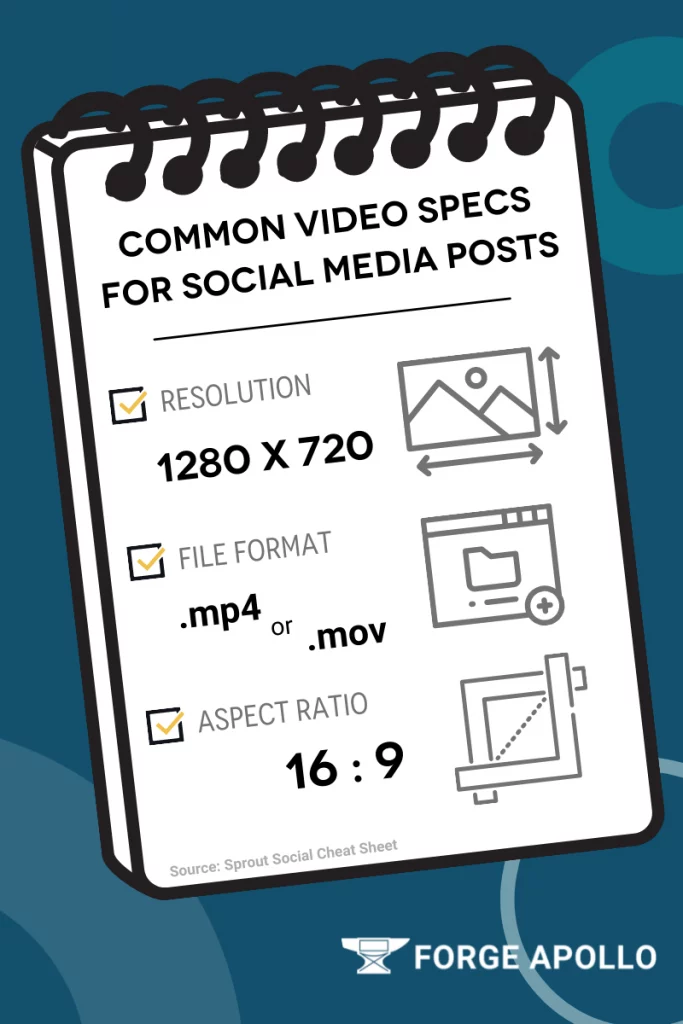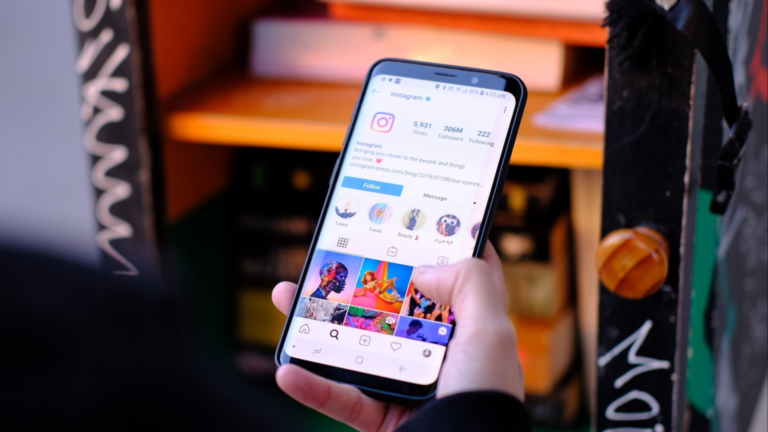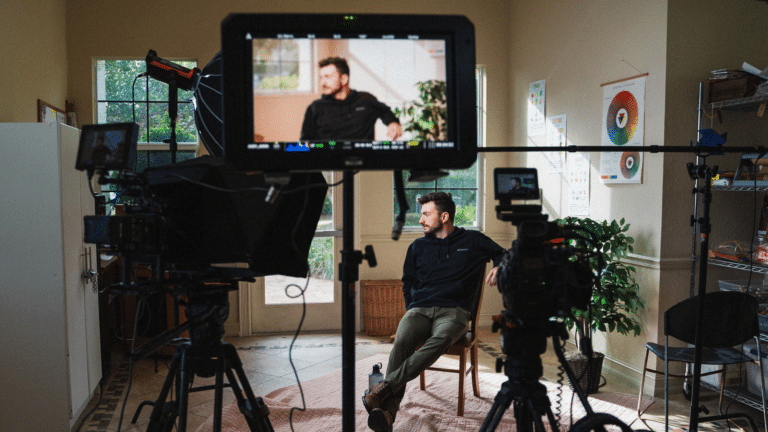Are you looking to expand your personal dictionary of digital marketing terminology and common lingo, but not sure what you really need to know? Forge Apollo presents you with a concise directory of video marketing terms to familiarize yourself with – knowing these definitions may be the difference between just a handful of clicks and your next viral video.
Analytics Terms
In order to effectively monitor your video content’s reach and growth, you’ll need several means by which to measure your progress. Valuable data for a brand varies widely by industry, so take the time to accurately evaluate which metrics will provide you with useful, insightful impressions. Understanding the basic jargon surrounding video traffic analytics will help you effectively allocate the appropriate time, energy, and budget towards creating engaging content.
Conversion Rate
The conversion rate of a post is calculated by dividing the number of users who convert by your overall audience size. A user is considered “converted” once they’ve taken the action requested of them by the video or advertisement.
Cost Per View (CPV)
Depending on the platform, a video gets a “view” when it’s watched for longer than a certain amount of seconds (For Youtube it’s 30 seconds, while Facebook videos only need three seconds). CPV is a pricing model commonly used in video campaigns that requires advertisers to pay every time their video gets played. It may also be referred to as Cost Per Impression.
Demographics
The demographics of your market refer to factual data regarding your audience. Age, location, gender, and employment are all examples of demographic information that could potentially be useful in your market research.
Key Performance Indicators (KPIs)
Your KPIs are the specific measurements of your content’s reach and other analytic factors. They’re the metrics your team utilizes to objectively evaluate whether or not your company is meeting its marketing goals. Some examples of valuable KPIs include client retention rate, lifetime value of a customer, and return on ad spend. Their unique objectives will ultimately determine the significant KPIs for an individual brand.
Playrate
According to Google Ads, play rate is how often someone played your video compared to how often it was shown. Essentially, your ad’s play rate will tell you whether your video’s features such as size, thumbnail, position, and copy are optimized for engagement. Marketing consultant and strategist Graeme McLaughlin puts it this way: “Play rate is a great way to measure how interesting your video appears to your audience and how relevant it is based on where it’s placed.”
Psychographics
As opposed to inherently objective demographics, psychographics are subjective data about your audience. Although both refer to your market’s descriptive information, psychographics represent cognitive and behavioral characteristics like beliefs, goals, thoughts, and reasoning. The strategic combination of these two types of data will help you effectively craft an accurate and useful buyer persona.
Digital Advertising Terms
As we know, targeted, captivating video content is one of the most important elements of a successful digital advertising campaign. New video features and software are developed every day, and many of them can modernize and advance your online marketing strategy if appropriately implemented.
Above the fold
This phrase refers to the location of your content on a webpage as soon as it loads. Text or images that fall “above the fold” are immediately visible on the screen before the user scrolls or clicks.
Ad inventory
Usually measured in impressions, advertising inventory is the amount of available ad space set aside to sell to the highest bidder. It’s essentially the stock of what can be bought and sold to display on one publisher’s website.
Ad exchange
This platform is the digital venue for buying and selling of advertising inventory. Ad exchanges are essentially online marketplaces where advertisers can bid on display, mobile, and video impressions through real-time auctions to optimize reach.
Affiliate marketing
Similar to commission-based sales, affiliate marketing is a technique that compensates a third party for promoting a brand. Not to be confused with referral marketing, this approach provides a partner or contributor with an incentive to advocate for a product or service.
Digital out-of-home
This term refers to an advertisement that appears on a screen accessible to the public. Digital out-of-home ads are typically dynamic or interactive displays that change and transition depending on surrounding environmental factors.
E-commerce
The general process of buying and selling electronically, “e-commerce” is an informational age shorthand that represents the entire systematic procedure of exchanging products and services over the internet.
Social Media Terms
Now, you don’t need to optimize every piece of video content for social media, but most of it should be shareable somehow. And if you want that content to appear in your target audience’s feed, you need to understand the variables and components of the platforms on which you’re sharing. The better a marketer comprehends the context of their post on a network, the more effective that post will be.
Algorithm
This unique formula describes the way a platform sorts and presents posts to its users. Classification varies by network and individual user, employing relevancy patterns to prioritize content according to specific viewing metrics. A social media algorithm ultimately determines what to show on a viewer’s feed.
Newsfeed
The platform algorithm specifies the order and manner in which a user’s newsfeed will appear. Also called a “timeline,” your feed is a list of the latest updates and published content in your network.
Reels
Reels are specifically an Instagram feature that allows for longer videos than traditional video posts on the platform. Apart from boasting more extensive editing tools, this functionality causes posts to appear in an entirely separate feed within the app. As of recently, the term “reels” has expanded beyond Instagram and now encompasses the overall concept of an isolated timeline strictly for video content.
Stories
The concept of Stories initially began with Snapchat back in 2013, but their enormous success recently inspired other networks to follow suit. The function and purpose are simple – compose and present a post with unlimited playback for only 24 hours to create urgency and peak interest within an audience. Video stories especially illustrate a candid, authentic cadence for your brand, and the possibilities for live streams and spontaneous video content are endless.
Thumbnail
Don’t overlook the importance of your online video content’s featured image. The thumbnail for your video is the picture or frame that is presented when it isn’t playing. Compelling, distinctive thumbnails will effectively draw a user to click play on your post.
YouTube cards
The text boxes that pop up within a YouTube video are called cards. These windows will appear during video play and typically include a link or call-to-action.
Technical Terms
When creating videos, there’s a lot of technical language that can be difficult to keep up with, especially if you have little experience in film or cinematography. However, utilizing and refining these elements of your content may be the reason your viewer stops scrolling (and keeps watching).
Aspect ratio
The cropping, or aspect ratio, of a video or image, determines the content’s size as it appears within a feed. The most common ratio of an online video is 16:9.
Bandwidth
Marketers should be familiar with bandwidth, or the speed and amount of data that can be transmitted at any given time. Bandwidth relies heavily on CPU power and internet connectivity; therefore, tech companies with multiple servers require large amounts of bandwidth, while independent small businesses may only require a basic wireless connection.
Buffering
This is essentially another word for loading an online video. Internet videos require a certain amount of data to play, and buffering is the downloading process of that information.
Third party data
A tremendous amount of market data is collected by an entity and resold (in 2019, U.S. businesses spent $5.1 billion on third-party data alone). The collecting agency will resell the acquired information to a buyer who will use it to make their own informed marketing decisions.
Widget
Widgets are interactive elements of a website. Online interfaces offer several different ways to display their features, and widgets allow a user to embed content more easily (particularly videos) and modify the appearance of a page.
Types of Videos and Ads
The best advertisements make the audience think they’re not experiencing an ad at all. Effective ads reach a consumer without interrupting or inconveniencing them, which suggests that every second is vital when sending them a valuable message. Most brands will use a combination of the listed types to portray their brand message effectively, and you may find that one of these methods is particularly beneficial for your business. Once you’ve identified your requisite metrics and KPIs, you can use that data to determine what kind of video content best resonates with your viewers and how to deliver it consistently.
Augmented Reality
Not to be confused with virtual reality software, augmented reality is a breed of interactive technology that alters and enhances real-world elements. It turns the user’s composite, first-person view into a vivid, immersive simulation.
Bumper Ad
The purpose of these short-form video ads is to raise brand awareness by presenting a concise but noteworthy message. Users are usually unable to skip these videos, so your focus should be on swiftly capturing the viewer’s attention while piquing their interest.
Explainer Video
This refers to an educational video focused on helping consumers by guiding them through a process associated with their product or service. The ultimate goal of an explainer video is conversion or consideration.
Launch Video
This type of video aims to create brand awareness. Typically these videos attempt to excite an audience as well as familiarize them with your brand’s message.
Linear Ad
A linear ad is a commercial that appears before, during, or after the content plays. They’re also referred to as simply “in-stream ads.”
Non-Linear Ad
Conversely, non-linear ads run concurrently with video content. These ads don’t interrupt the content but instead, appear as a banner or button on the screen while the video plays. Youtube cards are an example of a non-linear ad.
Unboxing
As the name suggests, an unboxing video showcases the unwrapping of a product as it’s received. Before viewers commit to a purchase, they can witness the buying process firsthand and experience the product’s presentation and features.
Webinar
Typically longer videos (10-60 minutes), webinars are digital seminars that provide value to existing customers or promising leads. They’re structured similar to your traditional lecture – the video will walk the audience through a specific feature or relevant topic in detail.
Elevate your video marketing knowledge.
A constructive marketing team remains proactive and cutting edge in the extensive video marketing landscape by constantly searching for new insights. The creative strategists at Forge Apollo are happy to veer your video content in the direction of success with their groundbreaking marketing expertise.










